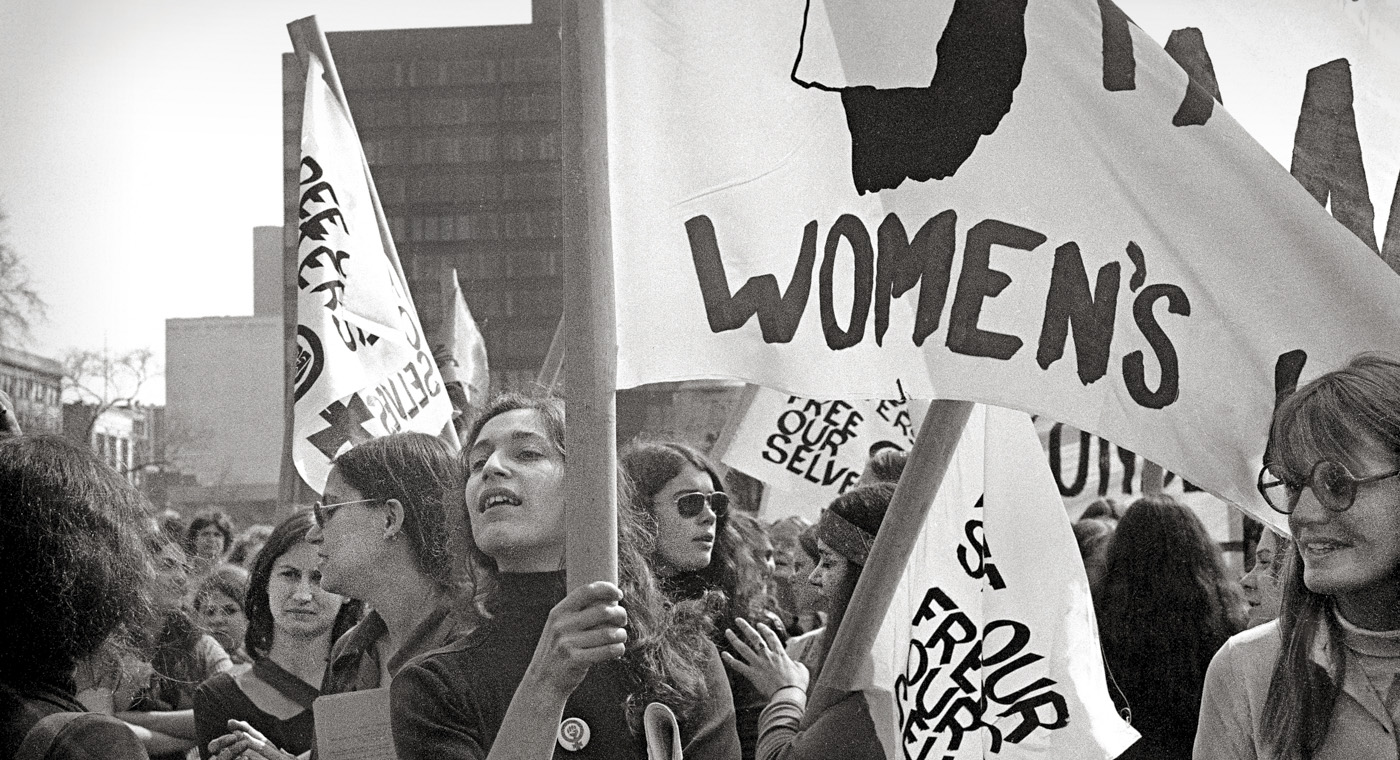In her engaging new documentary She’s Beautiful When She’s Angry director Mary Dore examines American feminism in the ‘60s and ‘70s, and the activists who gave their hearts to change. Photo by Virginia Blaisdell.
By GRACE ALLEN-POLANECZKY – Staff Writer
New feature documentary “She’s Beautiful When She’s Angry” highlights the unmatched fervor of the women’s movement during the‘60s and ‘70s.
“You can’t convince me you can’t change the world! I saw it happen!”
Mary Jean Collins says with exuberant, shining confidence. Her words perfectly synthesize the gusto that made up the American women’s movement during the 1960s and 1970s, a zeal captured in Mary Dore’s new feature documentary, She’s Beautiful When She’s Angry. The film was screened at Ciné Athens on March 19, as well as in theaters and festivals internationally.
If someone was asked to name figures from the civil rights movement, it would be safe to assume they’d know at least a few–Rosa Parks, Malcolm X, Martin Luther King Jr.
Now, ask someone to name one figure from the women’s movement– or ask them to define “women’s liberation”– and chances are they’ll come up with nothing. This lack of understanding and representation for women in history goes to show why She’s Beautiful is so significant.
The film is the first of its kind, presenting the so-called “second wave” of feminism in America more accurately than ever before. Authentic, powerful and enlightened, the women represented in She’s Beautiful really are beautiful, angry and strong. The point that this film holds higher than any other is that without the brave devotion of these activists, far less women would be employed, childcare would be barely accessible and women would have far less information available about their bodies. This is important to remember, not just for historical accuracy but in honor of the dedication and power that it took for women to stir a patriarchal social structure for the sake of equality.
She’s Beautiful isn’t romanticized. Activists featured in the film take note that women still are not equal, that they are still paid 75 cents when men are paid a dollar for the same job and that in society they are still highly misunderstood. The film also acknowledges that amidst the glory and the newfound unity of women at the time, the movement wasn’t always tolerant. But the truth is, many straight and white women held prejudice against lesbians, black women and women faced with other ethnic and social preconceptions. She’s Beautiful honors these women for their individual efforts and struggles, recognizing the uniqueness of all kinds of women, their individual journeys towards liberation and their vital yet overlooked part in the American civil rights movement.
More from Grace Allen-Polaneczky
